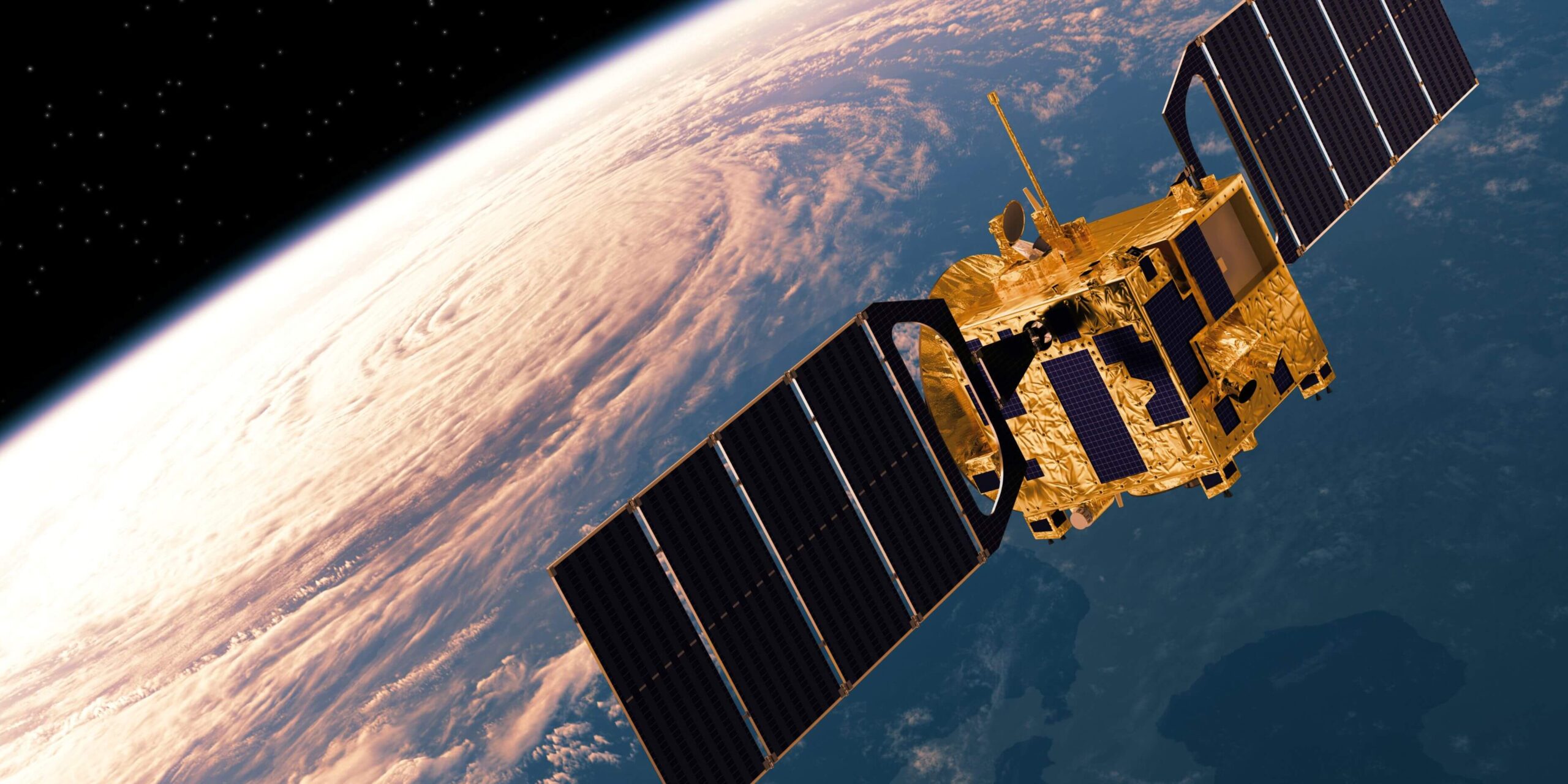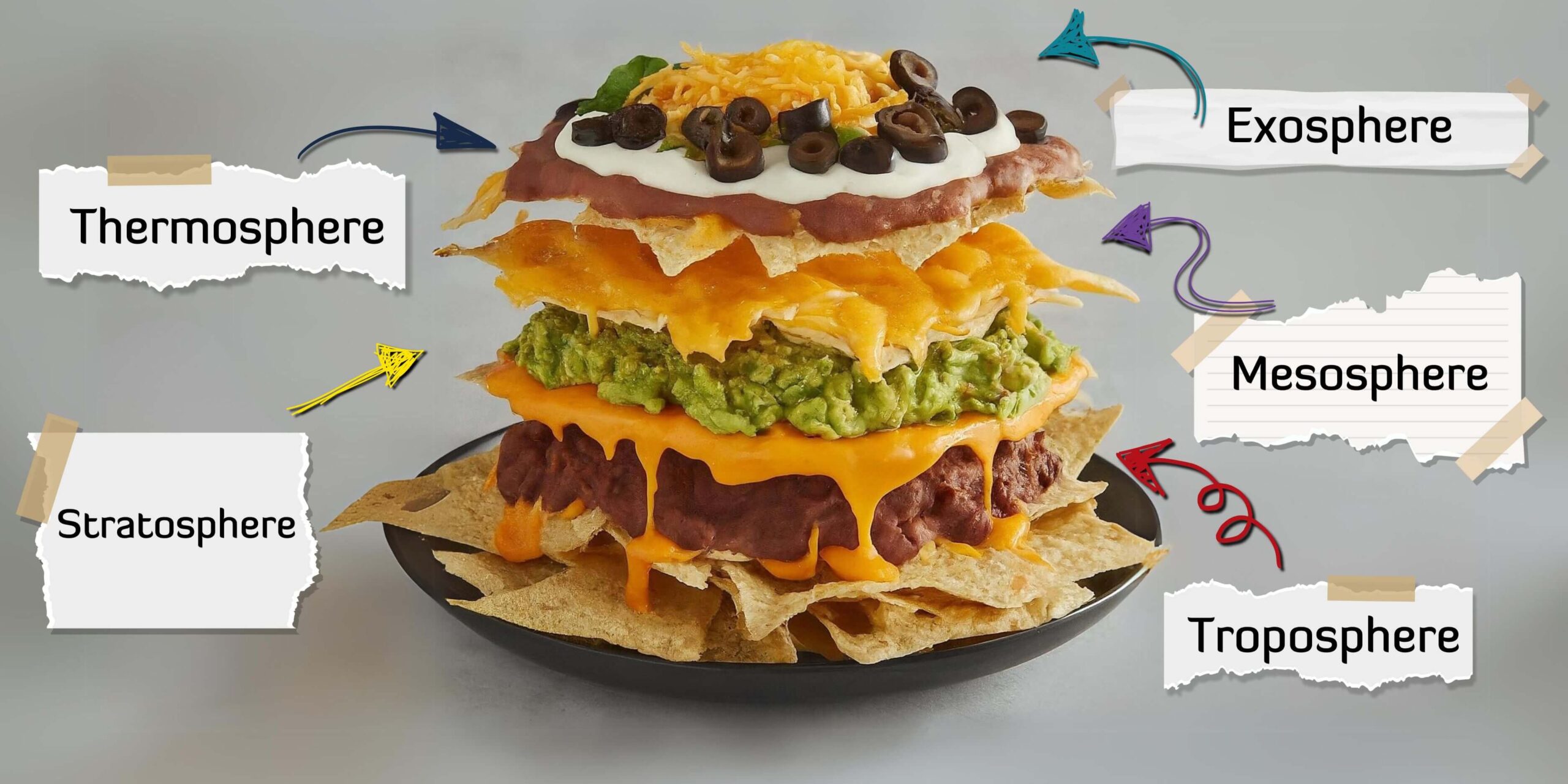
Get ready for the most amazing mix of snacks and science. November 6th is National Nacho Day, and we’re celebrating with a twist that will make your brain as happy as your taste buds.
Did you know there’s more to nachos than just cheesy, crunchy goodness? In space, NACHOS stands for Nanosat Atmospheric Chemistry Hyperspectral Observation System. These are two tiny satellites (like space cameras) that help us understand Earth’s atmosphere. That’s right – real scientists named actual space technology after your favorite snack.
How cool is that? While you’re enjoying your nachos here on Earth, two NACHOS satellites are zooming around our planet, taking special pictures of our atmosphere. Let’s explore how these space nachos are helping protect our world.
National Nacho Day: A Cheesy Celebration

Let’s start with some tasty history. It all began back in the 1940s in Piedras Negras, Mexico. A group of hungry U.S. military wives walked into a restaurant, but there was no cook in sight. That’s when our hero, Ignacio “Nacho” Anaya, stepped up to the plate. With just three ingredients – fried corn tortillas, melted cheese, and jalapeños – he created something amazing: “Nacho’s Special”.
But this scrumptious treat didn’t hit the big leagues until the 1970s. Frank Liberto, owner of Ricos Products, which makes all sorts of salty goodies found all over Texas, introduced a version with their own processed cheese at Texas Rangers’ games. That’s where they coined the term “ballpark nachos.”
The dish gained even more fame in 1978 when sportscaster Howard Cosell gave it a shout-out during a Monday Night Football broadcast. Thanks to this cheesy Tex-Mex creation, nachos quickly became a game-day staple across the U.S., beloved by sports fans everywhere.
Fun Facts:
- Americans eat about 350 million pounds of tortilla chips every year – that’s as heavy as 40 space shuttles
- Cheese melts because its protein bonds break down with heat (just like how butter melts on hot toast)
Space Nachos: Tiny Satellites, Big Job

Now, here’s where things get really cool. Scientists at NASA liked nachos so much, they named two special satellites after them. These satellite systems are like tiny space cameras that watch over Earth’s atmosphere.
Mini Scientist Corner (Ages 4-7):
- These satellites are about the size of a cereal box
- They zoom around the Earth like race cars, taking special pictures
- Just like you can see your breath on a cold day, NACHOS can see different gases in our air
The Science Behind the Satellites (Ages 8-14)
These mini-satellites use something called hyperspectral imaging – think of it as a super-powered rainbow detector. When sunlight hits Earth’s atmosphere, different gases absorb different colors. NACHOS can see these colors and tell us exactly what’s in our air.
Cool Space Math:
- NACHOS satellites zip around Earth at 17,500 miles per hour
- They circle our planet 16 times every day
- Each satellite is about the size of 3 juice boxes stacked together
Let’s Make a Nachosphere

Ready to be a space scientist? Let’s create a model of Earth’s atmosphere using… you guessed it… NACHOS.
⚠️ Safety First: Get an adult helper for this awesome experiment.
Age Group Guide:
- Little Scientists (4-7): Focus on building beautiful layers
- Junior Engineers (8-11): Watch how “pollutants” move through layers
- Senior Researchers (12-14): Measure and record changes in your science journal
Materials:
- Large clear bowl
- Tortilla chips
- Shredded cheese
- Salsa
- Black olives and jalapeños (these are our “pollutants”)
- Hot sauce
- Science journal and pencil
Steps:
- Layer your tortilla chips like Earth’s atmosphere layers
- Add cheese (representing clouds)
- Sprinkle your “pollutant” toppings
- Carefully add hot sauce “rain” and watch what happens!
Discussion Questions:
- Why does the hot sauce move differently than cheese?
- What happens if we add cold ingredients instead of warm ones?
- How many layers can you create before they collapse?
This experiment shows how layers in the atmosphere interact and how pollutants can spread or be removed. Just like your nacho bowl, the Earth’s atmosphere is affected by the particles we put into it—and that’s where NACHOS satellites come in, using hyperspectral imaging to measure these changes.

Time to Explore More
Hungry for more science? Here’s what’s next on the menu:
- Join our Mission to Mars Program
- Share your Nachosphere photos with us (@engineeringforkids) using #NachosInSpace
Remember: Real scientists love to have fun while learning. Every time you munch on nachos now, you can think about the tiny NACHOS satellites watching over our planet.
Want to learn more about space? Check out our other awesome space science programs at Engineering For Kids.
Safety Note: Always wash hands before and after handling food, and make sure to ask an adult for help with any kitchen experiments.




